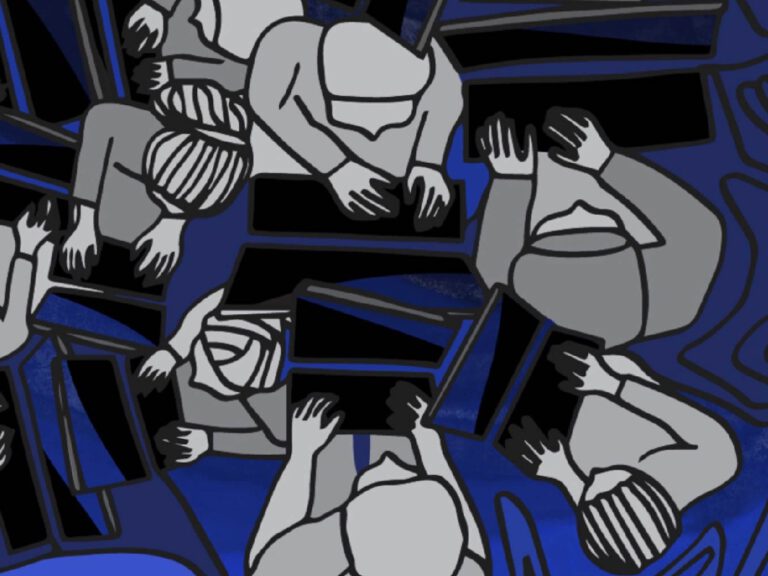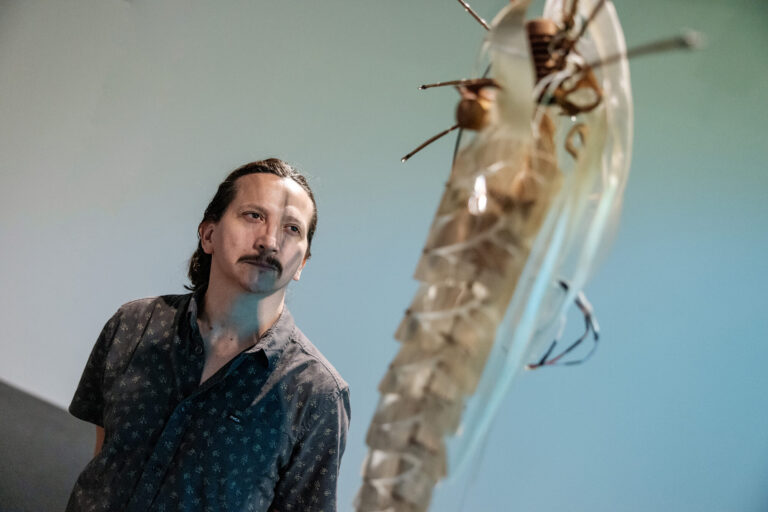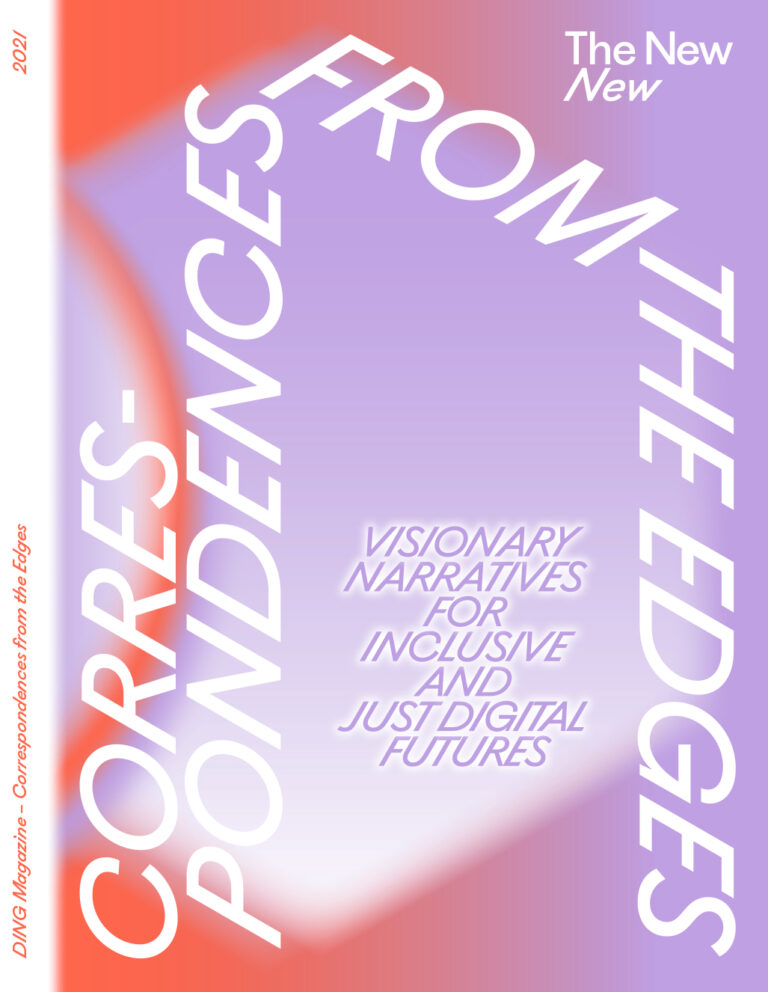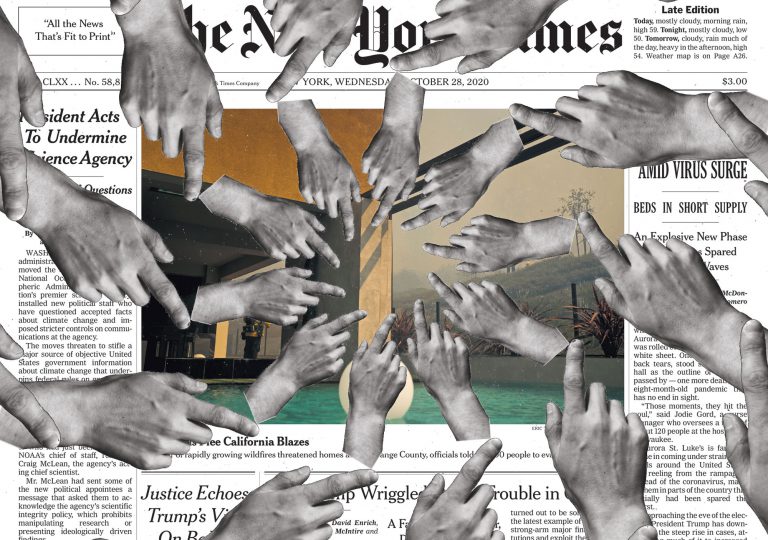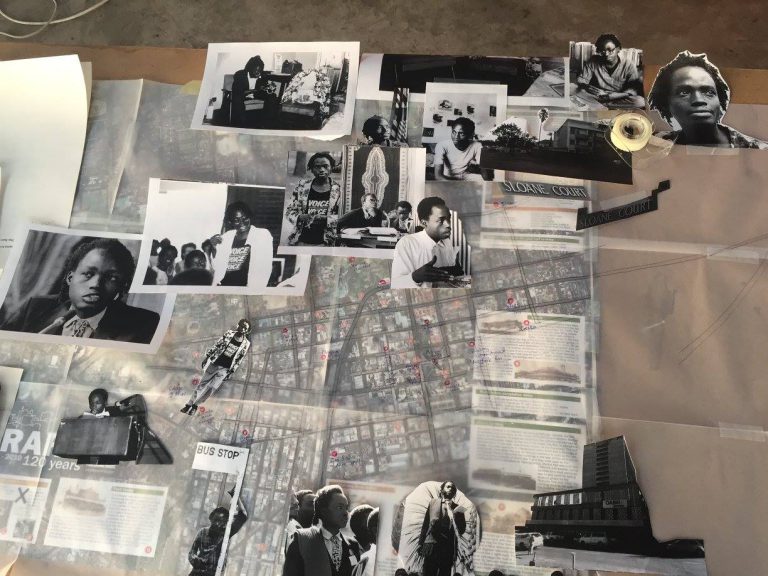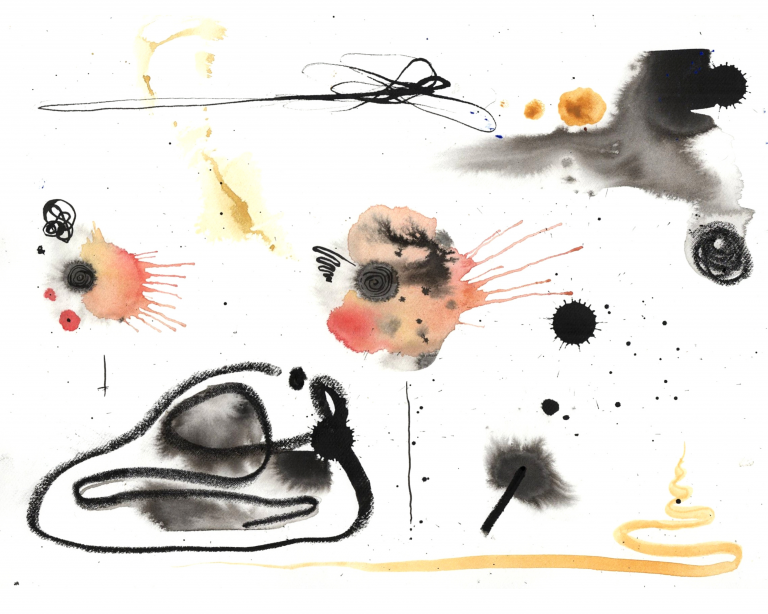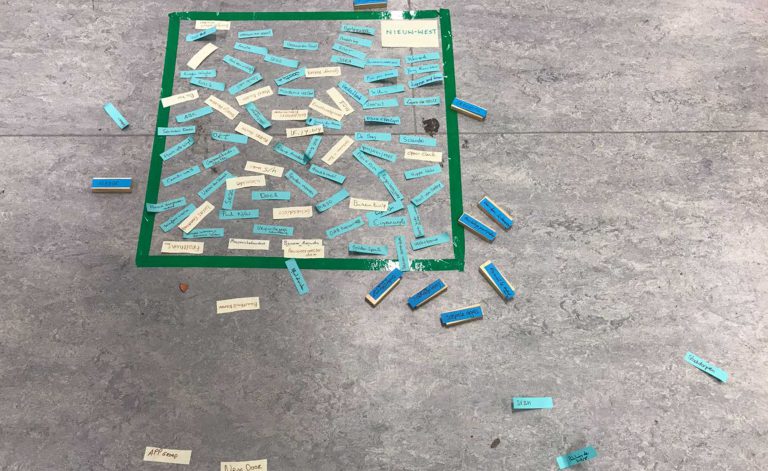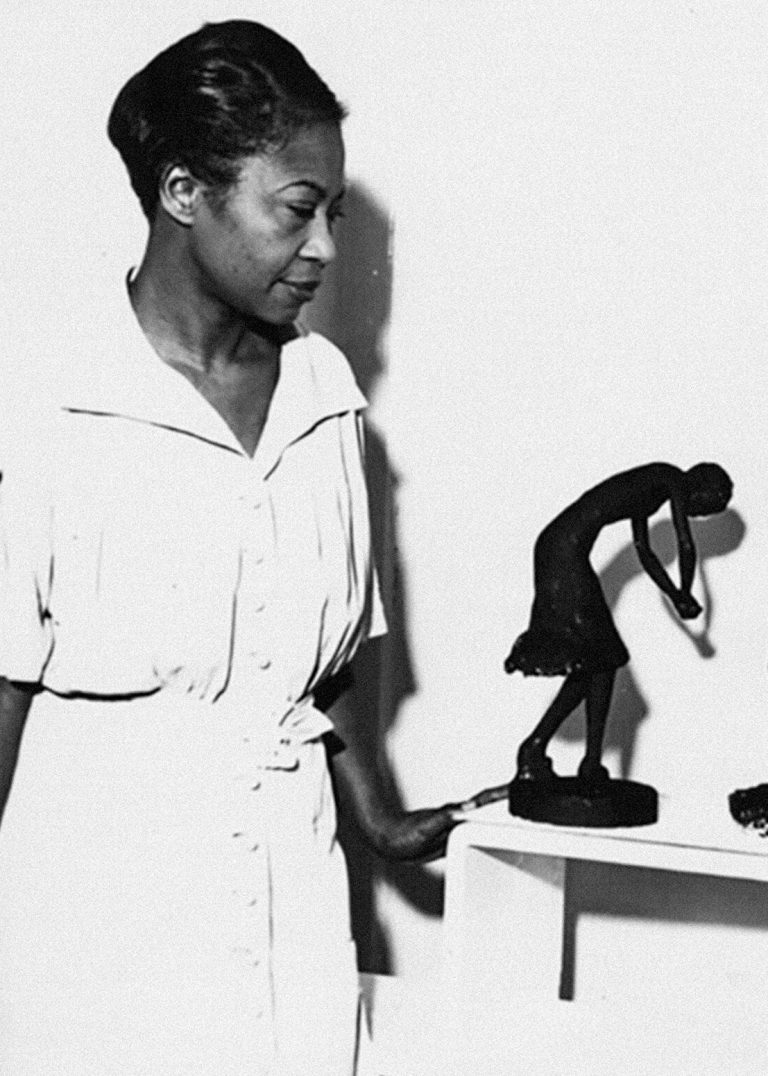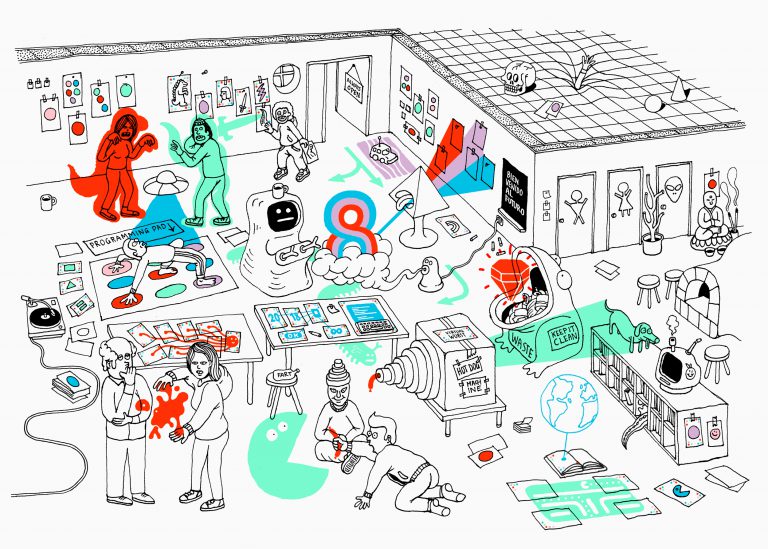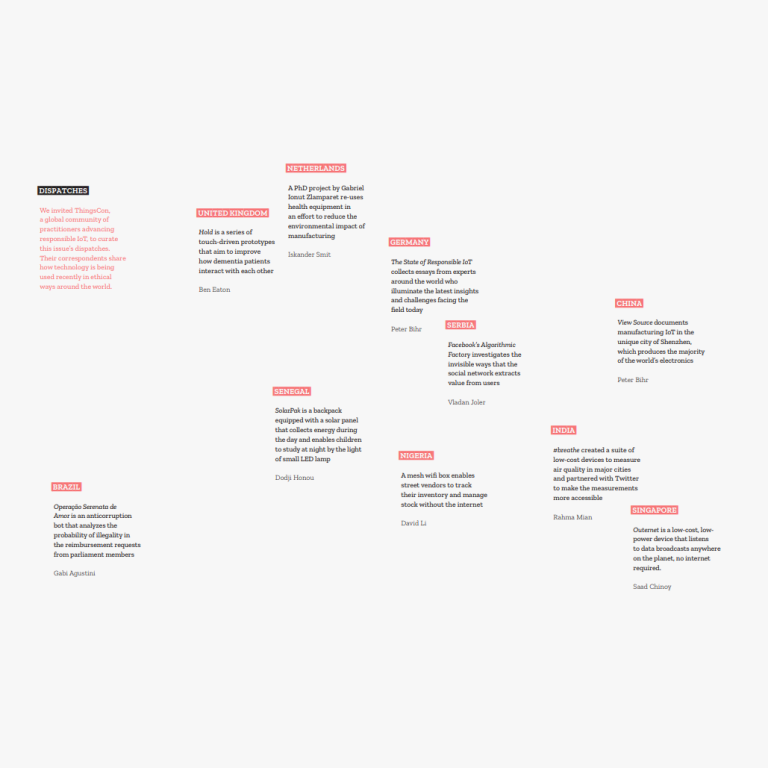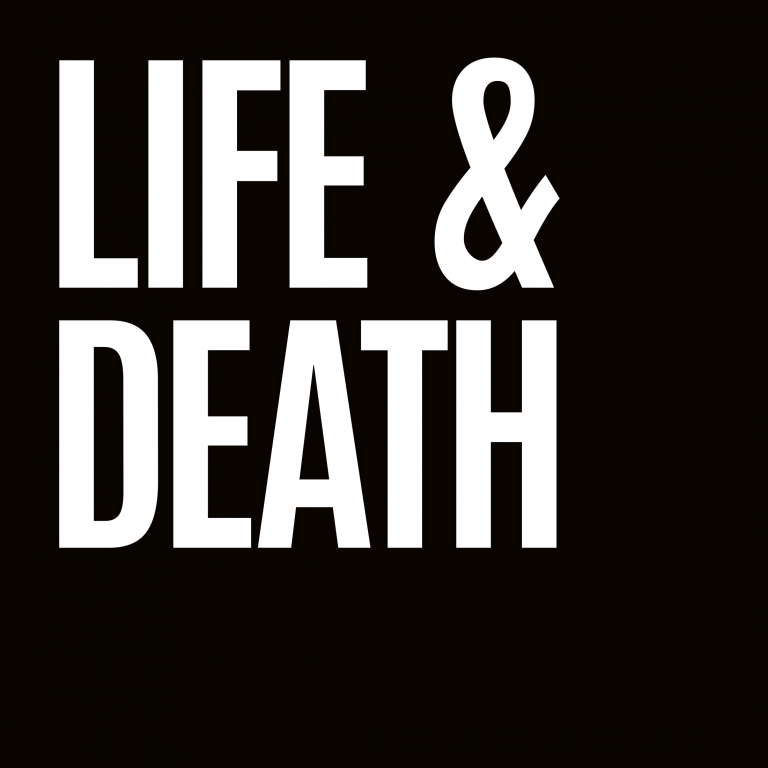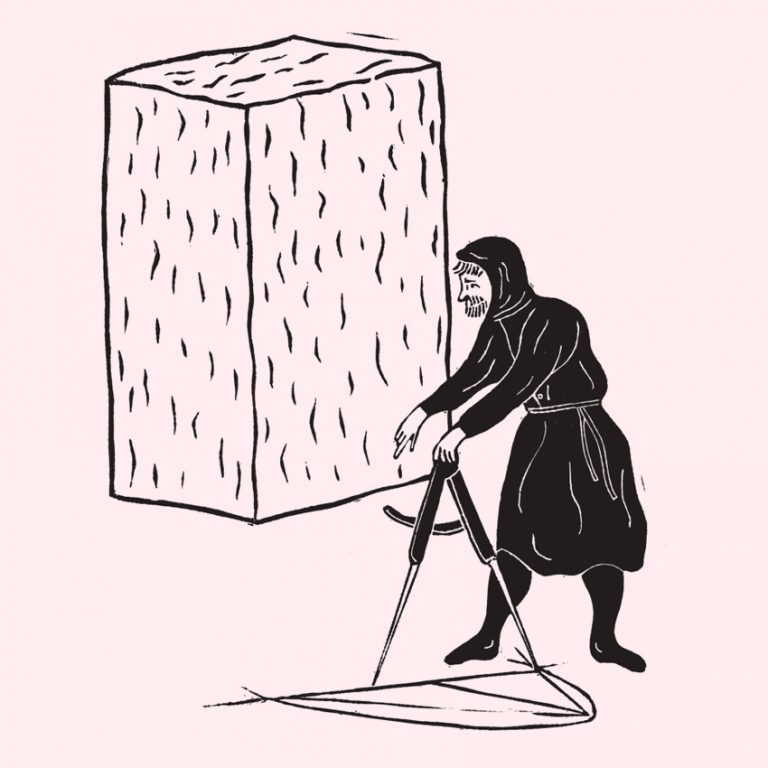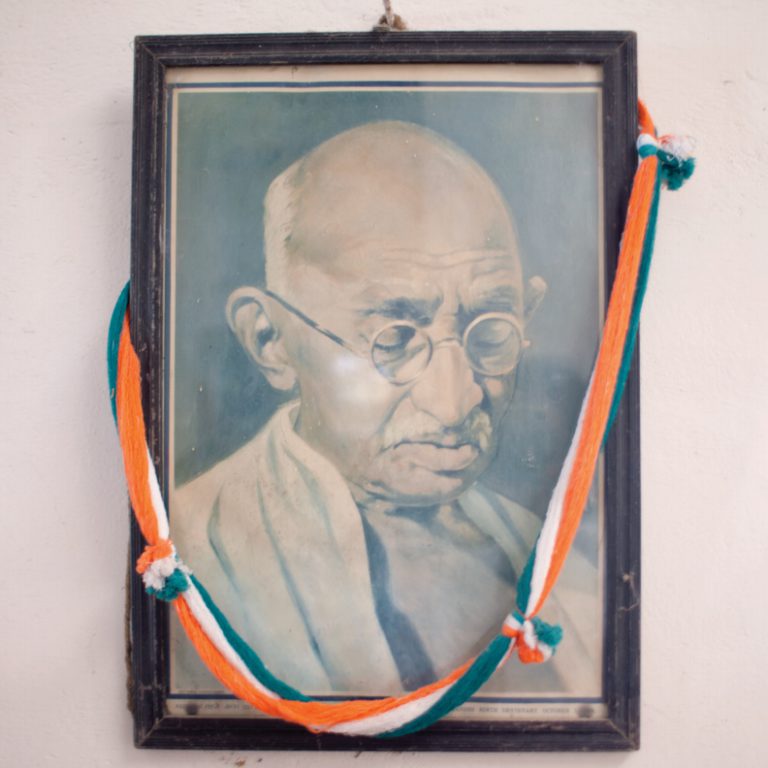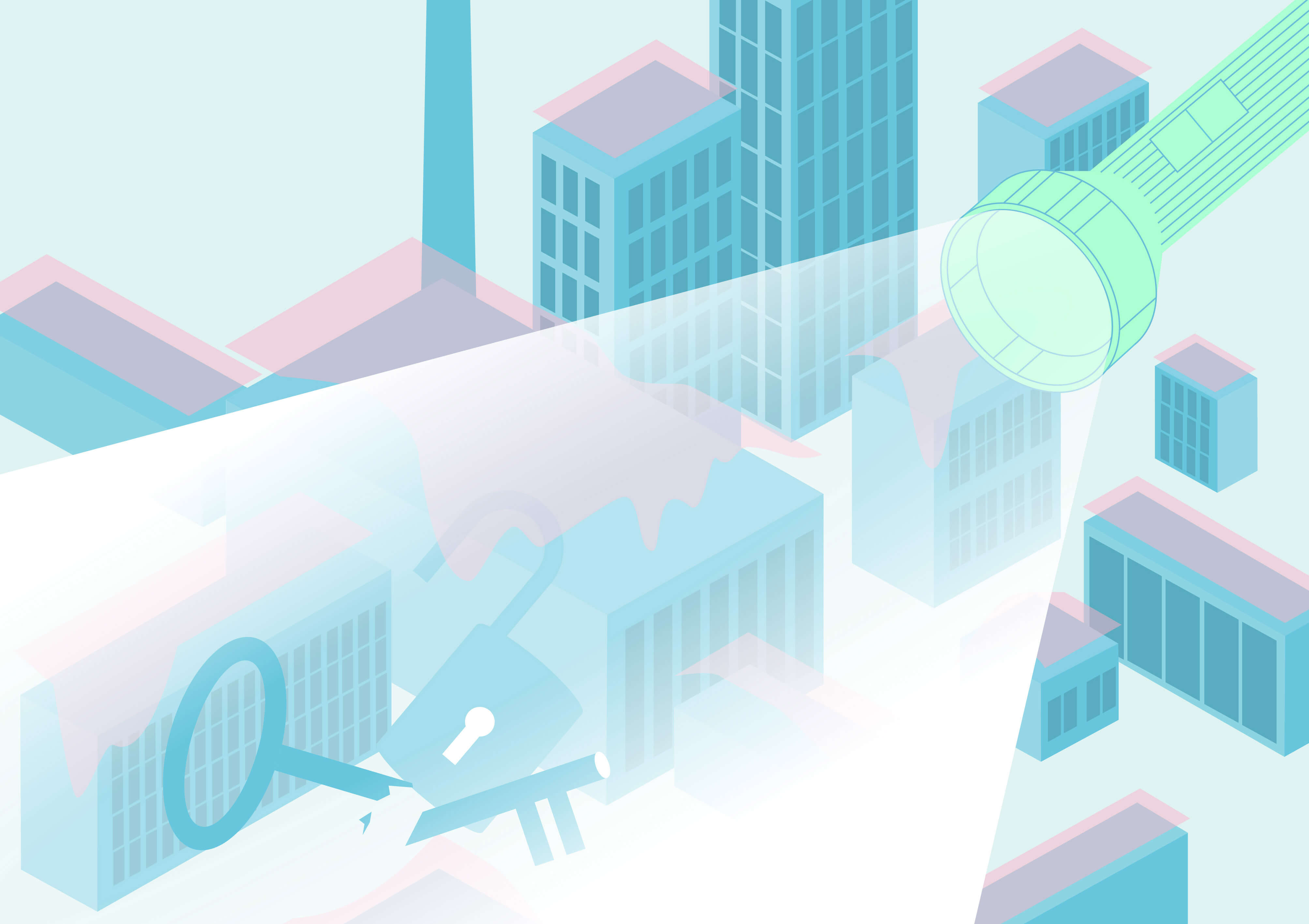
Martha wheeled up the ramp. She pulled the wobbly chalkboard up from the back of the stage and started drawing the rough outline of a system map.
“Hello everyone, thanks for coming out tonight—it’s nasty out there.” The church was dimly lit. People shifted in their seats and opened their computers.
The rage in the technical civil service had been building for decades. Poor decisions by public sector union leadership had rendered their collective power impotent. For any number of inexcusable reasons they were unwilling to throw their weight around in the fight for the city.
“Hello everyone, thanks for coming out tonight—it’s nasty out there.” The church was dimly lit. People shifted in their seats and opened their computers.
The rage in the technical civil service had been building for decades. Poor decisions by public sector union leadership had rendered their collective power impotent. For any number of inexcusable reasons they were unwilling to throw their weight around in the fight for the city.
A big part of this fight was keeping the data lines clear and the inputs to services straight. The data was leaking faster and faster—getting muddled and messy. It had created a governance landscape perfectly set up for corporate takeover.
Many traced it back to the AI boom when the pressure went up to unlock the great vaults of data. Politicians were at the gates, waving the keys to the city around.
2020 finally brought some relief. Mass retirement threw the technical house into disarray. The inside team quadrupled in size. The outside team knew where to push.
Many traced it back to the AI boom when the pressure went up to unlock the great vaults of data. Politicians were at the gates, waving the keys to the city around.
2020 finally brought some relief. Mass retirement threw the technical house into disarray. The inside team quadrupled in size. The outside team knew where to push.
As Martha kept sketching Rania spoke:
“As of today, communications order 713, also known as ‘memo to convince outsiders of government technical incompetence’ is of highest priority. Any opportunities made available to you to speak about smart cities, civic tech, open data, big data, and more should be accepted and prioritized. Marvel can assist with updated talking points.”
“As of today, communications order 713, also known as ‘memo to convince outsiders of government technical incompetence’ is of highest priority. Any opportunities made available to you to speak about smart cities, civic tech, open data, big data, and more should be accepted and prioritized. Marvel can assist with updated talking points.”
Marvel stood up and waved. She’d been holding the pen for almost three years, the central figure in convincing the public and the politicians that the third and final phase of the plan they were about to execute was impossible.
Martha continued drawing. Ginnie rose and made her way to board, describing how the new architecture they were implementing effectively broke recently mandated efforts to profile and means test welfare recipients. She called on Penny from the regional government and Lara from the national government to explain how the systems would interact and how the new automated decisions would be defended.
Martha continued drawing. Ginnie rose and made her way to board, describing how the new architecture they were implementing effectively broke recently mandated efforts to profile and means test welfare recipients. She called on Penny from the regional government and Lara from the national government to explain how the systems would interact and how the new automated decisions would be defended.
The new procurement requirements they had put in place years earlier had ensured this was all possible. The vendors would be kept busy with dashboard and user experience updates and upgrades. The skinning of the systems was an absolute pig of an initiative and hadn’t stopped feeding the vendors so the outcry over the work being done in-house was minimal.
Rania continued: “Now in terms of “strategic order 473 “consultant time burners, the main topic this year appears to be “change management redux” (I think this is version six) and two side orders, one of agile, one of machine learning. Comply with their activities and ask as many questions as possible. Keep them fed.”
Martha had finished her schematic. It was a bare bones drawing, but one that did not exist formally at the city. At best it lived in rows on a spreadsheet and in the minds of those tasked with maintaining it.
Rania continued: “Now in terms of “strategic order 473 “consultant time burners, the main topic this year appears to be “change management redux” (I think this is version six) and two side orders, one of agile, one of machine learning. Comply with their activities and ask as many questions as possible. Keep them fed.”
Martha had finished her schematic. It was a bare bones drawing, but one that did not exist formally at the city. At best it lived in rows on a spreadsheet and in the minds of those tasked with maintaining it.
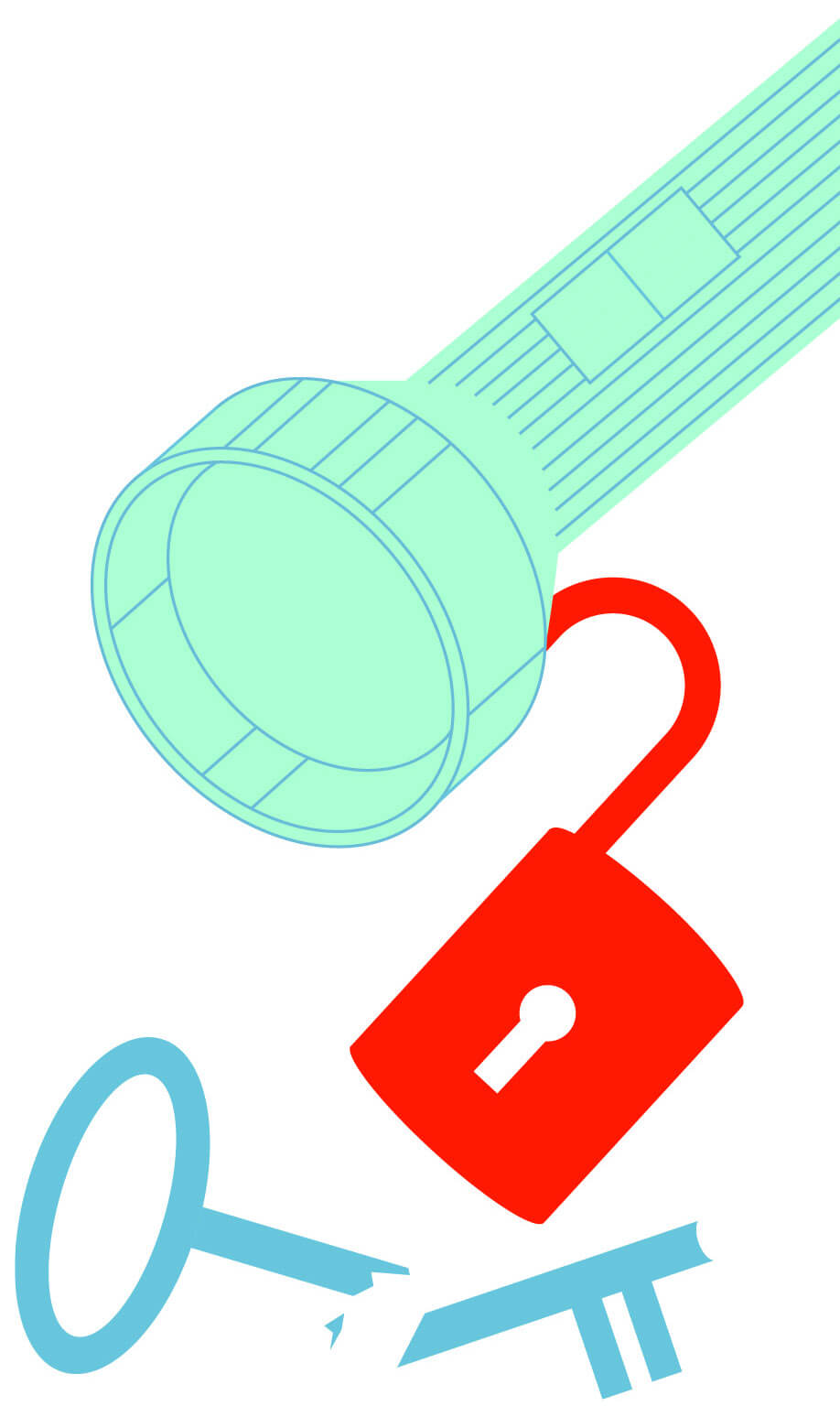
As the outside team scribbled their notes Rania identified the core planks of the thirdphase of the plan. It was mostly subversion and human resources work, how to manage the people left after the massive wave of retirement. But there was one technical thread about the hardware and sensors.
Mori joined Rania and flipped the chalkboard over, starting to outline what the outside team had assembled as the component parts for the sensor swap-outs.
The existing sensor systems had been shoddily installed and maintenance had been foisted on the city. Procurement redesign made sure contracts had included a clause to allow government replacement of the hardware.
Now that the data had been breached there was no reason not to pull the trigger on the swap. The hardware was dirt cheap. No one expected the government to take over the infrastructure given to them for “free” but the business case was easy to explain.
They wrapped up. Laptops snapped shut. Rania squinted out at the room. Nothing felt like victory. It all felt like an absurd undertaking to get some basic controls back. Nobody was excited. Mostly they were tired. Lenny opened the door and people started filing out into the cold.
Sanfa dragged a chair outside and lit a cigarette. “This isn’t the work. I mean, it’s important but…”
Lenny looked down: “I know”.
She exhaled. “How could people forget how many of us exist? What an accomplishment. When the public service disappears no one will complain, no one will even know what it was at this rate.” She flicked the cigarette butt and pulled the chair back in. He followed. They sat in silence and stared at their breath. They could hold off the worst of it but not for much longer.
They wrapped up. Laptops snapped shut. Rania squinted out at the room. Nothing felt like victory. It all felt like an absurd undertaking to get some basic controls back. Nobody was excited. Mostly they were tired. Lenny opened the door and people started filing out into the cold.
Sanfa dragged a chair outside and lit a cigarette. “This isn’t the work. I mean, it’s important but…”
Lenny looked down: “I know”.
She exhaled. “How could people forget how many of us exist? What an accomplishment. When the public service disappears no one will complain, no one will even know what it was at this rate.” She flicked the cigarette butt and pulled the chair back in. He followed. They sat in silence and stared at their breath. They could hold off the worst of it but not for much longer.
“If the political leadership doesn’t…” her voice trailed off. “If they automate what’s here then….”. They started to stack the chairs.
“Did you see the new integrated city services login? Sanfa asked. “The one where you can order last-mile transit or library holds?”
“I did—my dad asked me to help him with it.” Lenny jammed another set of chairs under the stage.
More silence. “Do they know it’s not the government?” she wondered.
He shoved the chair drawer shut. “I don’t think they do. And I don’t know if they’d care.”
“Did you see the new integrated city services login? Sanfa asked. “The one where you can order last-mile transit or library holds?”
“I did—my dad asked me to help him with it.” Lenny jammed another set of chairs under the stage.
More silence. “Do they know it’s not the government?” she wondered.
He shoved the chair drawer shut. “I don’t think they do. And I don’t know if they’d care.”

